Over many years of working with jazz guitar students, I’ve noticed that memorizing, retaining, and delivering standard song melodies is a very common area of weakness. Student players often seem to be in a great hurry to get stuck into their solo, to such an extent that they sometimes haven’t learned the melody at all, or else they are only able to deliver it in a rather stiff fashion, ‘context-locked’ to a particular key or area of the fingerboard.
This has a number of detrimental effects – it makes it very difficult to remember tunes, it makes it unlikely that our solos will sound particularly musical, and it can mean that listeners are inclined to draw negative conclusions about our playing before we’ve even begun to improvise. On the other hand, if we take a more careful and thorough approach to learning heads, we can sound convincing from the very first measure, with some of the 20th century’s greatest composers doing most of the work for us! Not only that, but when we then come to improvise, we can continue to follow the melodic signposts that have been left for us in what they wrote.
The great Jim Hall once said “I don’t want my solo on All The Things You Are to sound the same as my solo on Stella By Starlight” which seems to suggest that he based his improvisations on the total song, rather than reducing everything down to a series of chord progressions.
As for the class itself:
• We look at the melodic structure of two very well-known standards, with a view to being able to understand and access them in a flexible way.
• We consider how these melodies relate to the underlying chord progressions, with suggestions for how we might see this relationship on the fretboard and also understand it aurally.
• We work on a task that combines the written melody with improvisation, to help generate a symbiotic relationship between the two.
• We look at an example setting of “Just Friends” which provides strategies for avoiding the rigid ‘chord melody’ approach that tends to compromise the momentum of the music.
• We look at a layout of “Solar” which transforms very simple chord shapes into a piano-like interpretation that carries the melody, implies the harmony, and maintains a rhythmic drive.
• We engage in a detailed analysis of “Donna Lee”, by way of extending the techniques to cover more complex heads, which are always more difficult.
• Finally, we create two “mash-ups” by combining transposed elements of “Donna Lee” with other tunes, to show how these phrases might have a life outside their original context.
• Includes a detailed 21 page PDF booklet with analysis, notation, and TAB.
• Synchronized on-screen captions.
Again, hopefully there’s something there for everyone – look forward to seeing you in class!
Jamie Taylor
- Video is 1hr 10min
- Includes 22 pages of PDF material

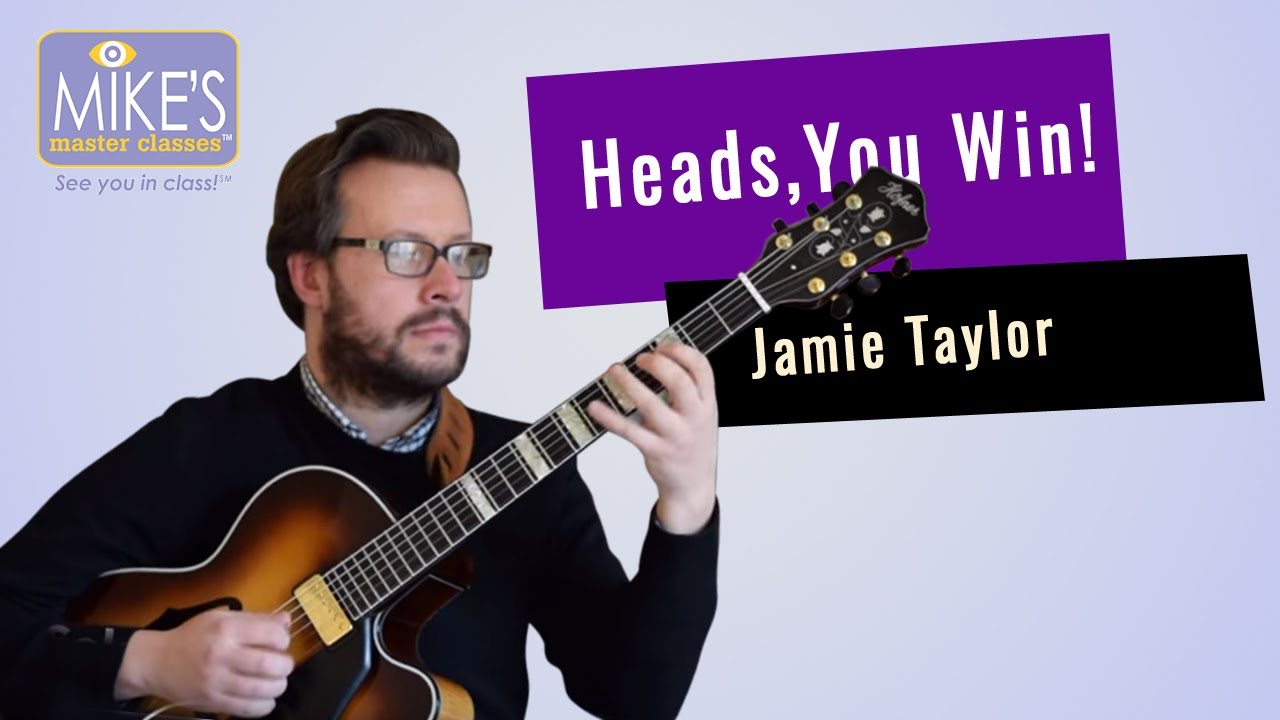
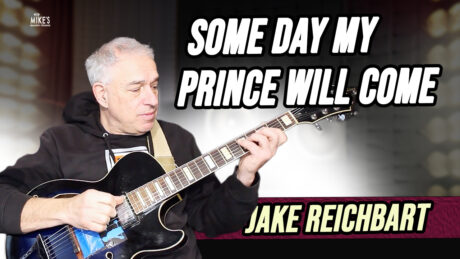
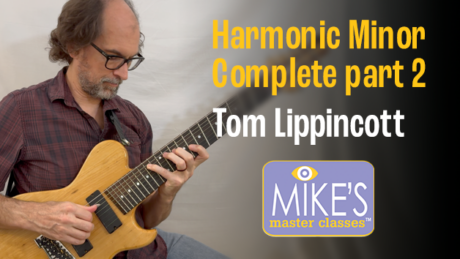
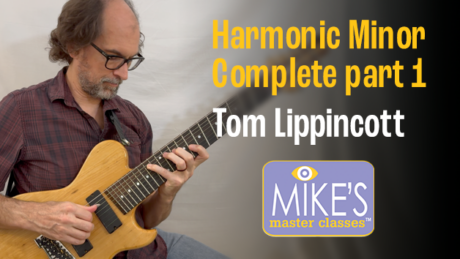





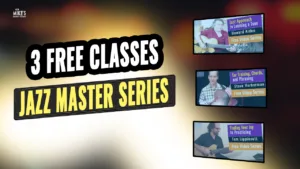

Insightful is an understatement!!!!
Thank you, Jamie, for the wonderful course! Everything is done very well and your explanations and teachings are beyond my expectations! You gave me the very best analysis of Donna Lee that I have ever learned –and, sad to say, I have been playing that song for over 40 years. Your course demonstrates your expertise in musical understanding and performance; however, it is also a clear demonstration of your tremendous teaching ability. Thanks again!
by John DuncanEssential viewing
Superb. Hard to know what else to say. This guy is just a great teacher. Get this lesson.
by Ian GowI believe I have downloaded all of Jamie’s classes now. His lessons are practical and applicable to the jazz genre. With this new addition "Heads, You Win!" you now have the tools to interpret and embellish the Jazz repertoire with confidence. Along with Jamie’s other lessons and dedicated practice, you can develop a credible performance repertoire to gig with. After studying this music and attending gigs, the most important thing that I have learned is that the Jazz Fan is astute in how the standards should be performed (they know these tunes-Trust me!); as a musician you can’t cheat it.
by Gy Moten